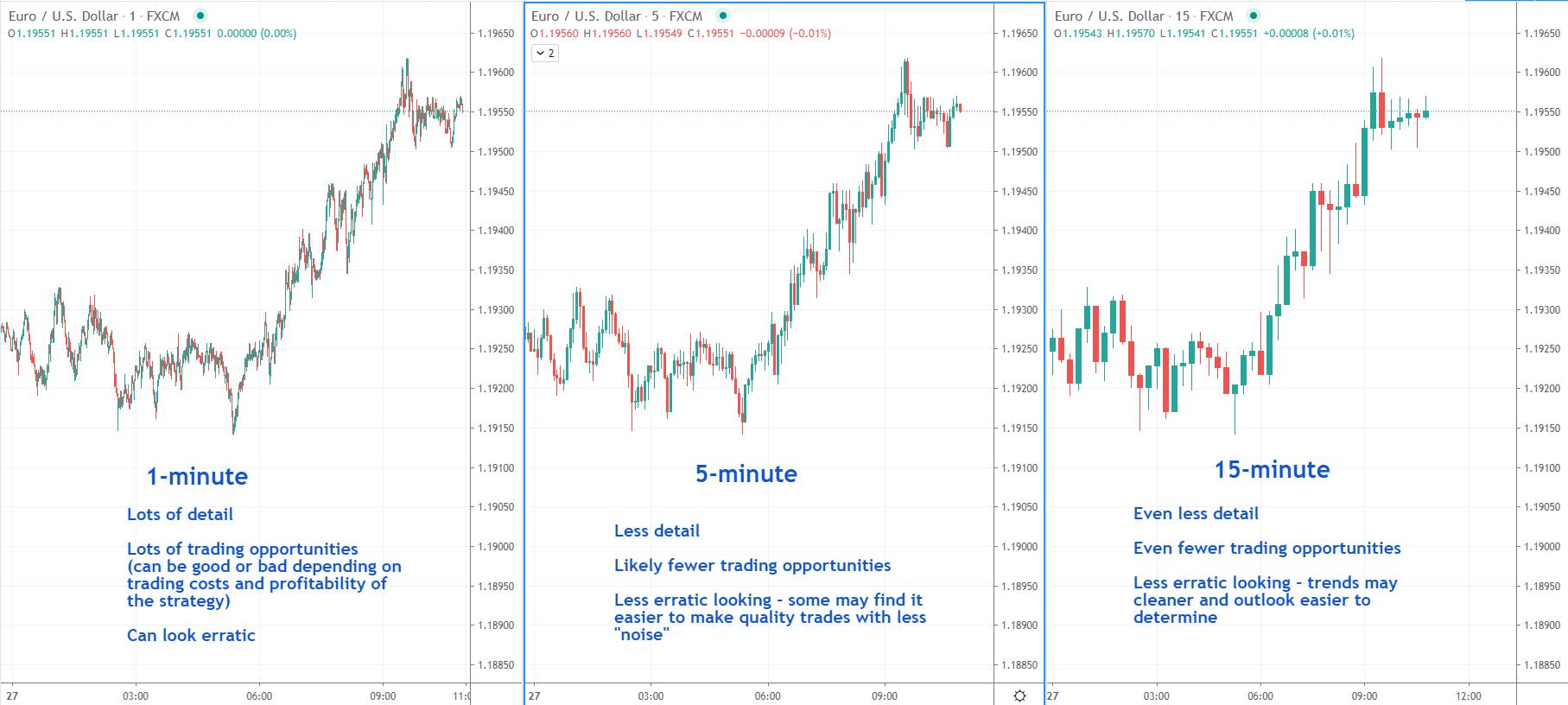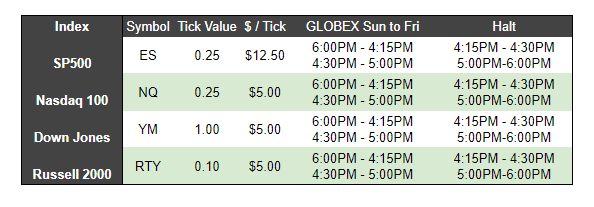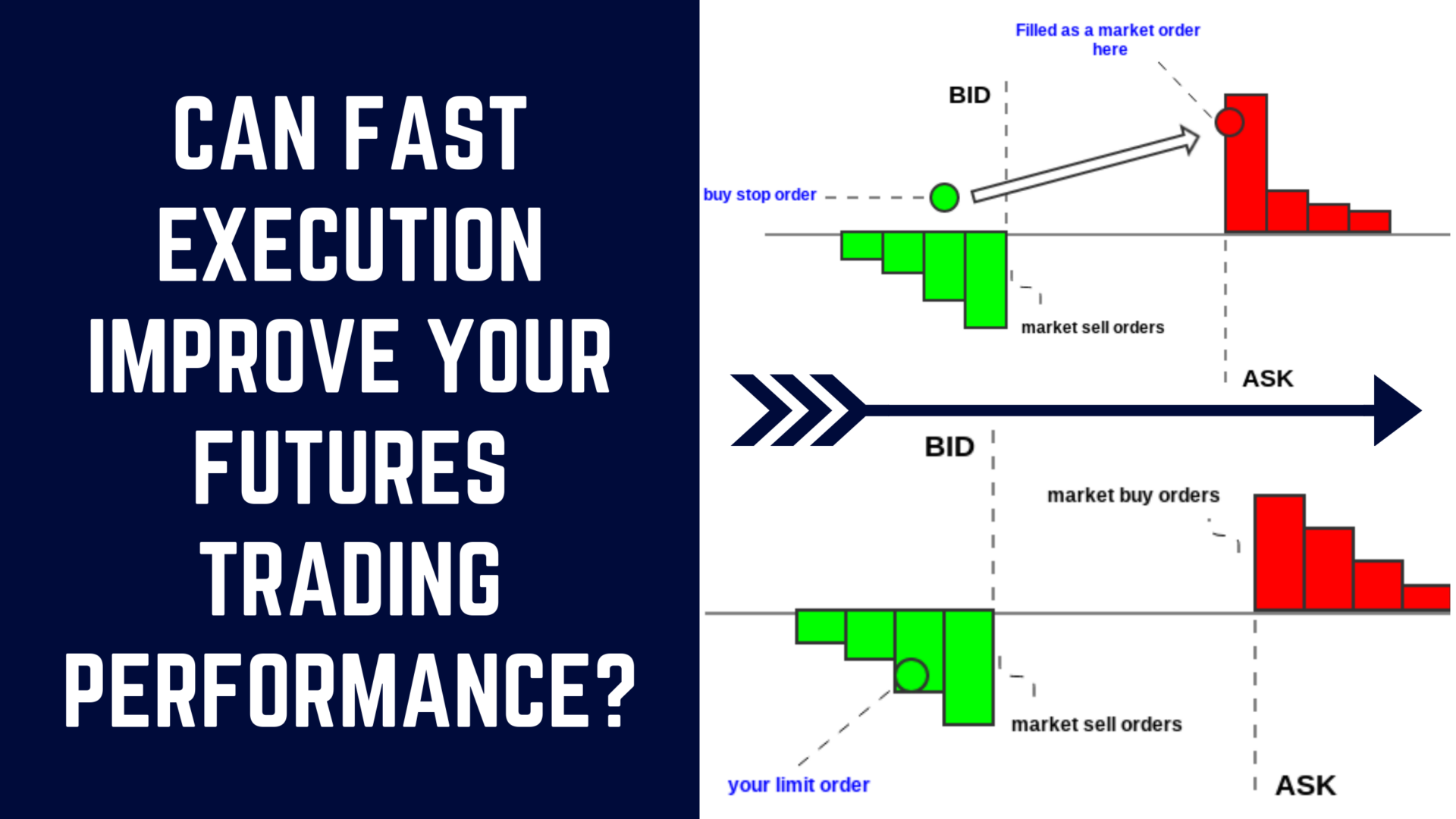Did you know that some futures markets are open even when you’re fast asleep? Understanding futures trading hours is crucial for maximizing your trading potential. In this article, we dive into the standard hours of futures trading, how they vary by exchange, and the time zones they operate in. We’ll explore pre-market and after-hours sessions, the impact of holidays, and how economic reports can influence trading dynamics. Additionally, we’ll discuss the differences between day and night trading, the best times to trade, and how you can leverage these hours to your advantage. Whether you’re curious about specific contract hours or the risks of off-hours trading, DayTradingBusiness has you covered with all the essential insights you need to navigate the futures market effectively.
What Are the Standard Futures Trading Hours?
Standard futures trading hours typically run from Sunday evening to Friday afternoon. Most exchanges, like the Chicago Mercantile Exchange (CME), operate from 6:00 PM to 5:00 PM Central Time, with a break from 4:00 PM to 4:05 PM. Check specific contracts for variations, as some may have different hours.
How Do Futures Trading Hours Vary by Exchange?
Futures trading hours vary by exchange, with most offering nearly 24-hour trading. For example, the Chicago Mercantile Exchange (CME) operates from Sunday evening to Friday evening, with breaks for maintenance. The Intercontinental Exchange (ICE) has similar hours but may differ for specific contracts. Always check the exchange’s website for the exact trading hours of the futures contracts you’re interested in, as they can change based on market conditions or holidays.
What Time Zone Do Futures Markets Operate In?
Futures markets operate in multiple time zones depending on the specific exchange. The Chicago Mercantile Exchange (CME) generally operates from Sunday 5 PM to Friday 4 PM Central Time (CT). The Intercontinental Exchange (ICE) has similar hours, typically from Sunday 6 PM to Friday 5 PM Eastern Time (ET). Always check the specific exchange for exact trading hours.
Are There Pre-Market and After-Hours Futures Trading Sessions?
Yes, there are pre-market and after-hours trading sessions for futures. Pre-market trading typically occurs from 6:00 PM to 9:00 AM EST, while after-hours trading runs from 4:00 PM to 8:00 PM EST. These sessions allow traders to react to news and events outside regular market hours.
How Do Holidays Affect Futures Trading Hours?
Holidays can significantly impact futures trading hours. On major holidays, many exchanges shorten or close trading sessions. For example, the CME Group typically closes early on the day before a holiday and remains closed on the holiday itself. Traders should check specific exchange calendars for exact hours, as they vary by holiday and market. Adjustments can also affect liquidity and volatility, so stay informed about these changes to plan your trading strategies effectively.
What Are the Key Differences Between Day and Night Futures Trading?

Day futures trading occurs during regular market hours, typically from 9:30 AM to 4 PM, allowing traders to react to real-time news and market movements. Night futures trading happens outside these hours, often from 6 PM to 9 AM, providing opportunities to trade based on global events and overnight trends.
Key differences include liquidity, as day trading usually has higher volume, and volatility, with night trading often experiencing larger price swings due to lower participation. Additionally, day trading allows for the closure of positions within the same day, while night trading may lead to holding positions overnight, exposing traders to overnight risks.
How Can I Find Specific Futures Contract Trading Hours?
To find specific futures contract trading hours, visit the website of the exchange where the contract is traded, like the CME or ICE. Look for the section on trading hours or product specifications. You can also check trading platforms that list futures contracts, as they often display trading hours. Additionally, financial news websites or futures trading apps may provide this information.
What Impact Do Economic Reports Have on Trading Hours?
Economic reports can significantly impact futures trading hours by influencing market volatility and trader behavior. When key reports, like employment data or inflation rates, are released, they often lead to increased trading activity during specific hours. Traders may adjust their strategies in anticipation of these reports, resulting in heightened volume and price fluctuations around the report release times. Consequently, trading hours might see expanded participation or reduced liquidity, depending on the report's significance and market expectations.
How Do Futures Trading Hours Affect Market Volatility?
Futures trading hours affect market volatility by determining when liquidity is high or low. During active trading hours, like regular market sessions, volatility often increases due to higher trading volumes and participation. In contrast, trading during off-hours can lead to lower liquidity, making prices more susceptible to sharp movements on smaller trades. Events occurring outside regular hours, like economic reports or geopolitical news, can also spike volatility when markets reopen. Understanding these dynamics can help traders strategize their positions effectively.
When is the Best Time to Trade Futures?

The best time to trade futures is when the market is most active, typically during overlapping trading hours. For U.S. futures, this is between 8:30 AM and 11:30 AM EST and again from 1:30 PM to 4:00 PM EST. These periods usually see higher volume and volatility, providing better opportunities for price movement. Additionally, consider trading during major economic announcements, as they can significantly impact futures prices.
What Are the Key Aspects of Futures in Day Trading and Their Trading Hours?
Futures in day trading are contracts to buy or sell an asset at a predetermined price on a specific date. They allow traders to speculate on price movements of commodities, currencies, or indexes. Futures trading hours vary by market but typically include both regular and extended sessions. Always check the specific futures exchange for precise trading hours.
Learn more about: What Are Futures in Day Trading?
Learn about Psychological Aspects of Day Trading Futures
What Are the Trading Hours for Popular Futures Contracts?
Trading hours for popular futures contracts vary by exchange. Generally, here are the key hours:
1. CME Group (Chicago Mercantile Exchange): Most futures trade nearly 24 hours, from Sunday 6 PM to Friday 5 PM CT, with a one-hour break each day.
2. ICE (Intercontinental Exchange): Similar to CME, trading occurs from Sunday 6 PM to Friday 5 PM ET, with breaks for some contracts.
3. Eurex: Trading hours are typically Monday to Friday, 1 AM to 10 PM CET, depending on the specific contract.
Check specific contracts for variations, as some may have limited trading hours.
How Do Time Changes (DST) Affect Futures Trading Hours?
Daylight Saving Time (DST) can shift futures trading hours, typically causing markets to open and close an hour earlier or later depending on the time of year. For example, when DST starts in spring, some exchanges may align their hours with the new time, altering the trading schedule. This can impact trading strategies and market liquidity, as traders need to adjust to the new hours. Always check specific exchange schedules to stay informed about these changes.
Are There Any Restrictions on Futures Trading Hours?

Yes, there are restrictions on futures trading hours. Most futures markets operate on a 24-hour basis but have specific trading sessions. For example, the Chicago Mercantile Exchange (CME) has designated trading hours for different futures contracts, often with breaks or closed periods. It's important to check the specific exchange and contract for exact hours, as they can vary. Additionally, holidays may affect trading schedules.
How Can I Use Futures Trading Hours to My Advantage?
To use futures trading hours to your advantage, first, understand that futures markets are open nearly 24 hours a day, allowing for trading during different global sessions. Take advantage of off-peak hours when volatility may be lower, which can help you enter or exit positions more easily. Monitor key economic reports and news releases that coincide with market openings to capitalize on price movements. Use pre-market and post-market hours for strategic planning, identifying trends that may develop as main trading sessions begin. Additionally, be aware of overlap periods between different exchanges, as this often leads to increased activity and opportunities.
Learn about How to Use News to Your Advantage in Futures Day Trading
What Are the Risks of Trading During Off-Hours?
Trading during off-hours can expose you to several risks. First, liquidity is often lower, leading to wider bid-ask spreads and potential slippage. Second, price volatility can increase, with larger price swings due to fewer participants. Third, limited access to news and data can affect decision-making, as major announcements may occur when the market is closed. Lastly, reduced market depth means large trades can significantly impact prices. Be cautious and consider these factors before trading futures during off-hours.
How Can I Stay Updated on Futures Trading Hour Changes?
To stay updated on futures trading hour changes, regularly check the official websites of exchanges like the CME Group or ICE. Sign up for their newsletters or alerts for real-time updates. Follow financial news platforms and use trading apps that provide notifications. Additionally, consider joining trading forums or social media groups focused on futures trading for community insights.
Learn about How to Stay Disciplined in Futures Day Trading
Conclusion about What to Know About Futures Trading Hours
Understanding futures trading hours is crucial for any trader aiming to optimize their strategies. Different exchanges have varying schedules, and knowing the time zones they operate in can significantly impact your trading decisions. Pre-market and after-hours sessions offer additional opportunities, but they come with increased risks and volatility. Economic reports can further influence market behavior during these hours, making it essential to stay informed. By leveraging this knowledge, traders can identify the best times to enter and exit positions. For comprehensive insights and support in navigating futures trading, consider the expertise offered by DayTradingBusiness.
Sources:
- Information shares for markets with partially overlapping trading hours
- Trading time seasonality in commodity futures: An opportunity for ...
- The Effect of Extended Trading Hours on the Information Flow ...
- What drives the off-shore futures market? Evidence from India and ...
- Night trading with futures in China: The case of Aluminum and Copper
- Unbiasedness and time varying risk premia in the crude oil futures ...